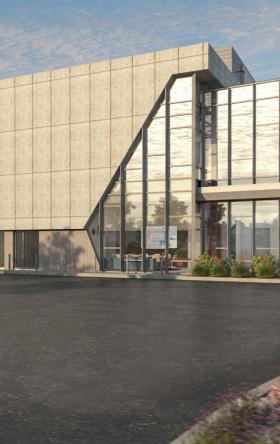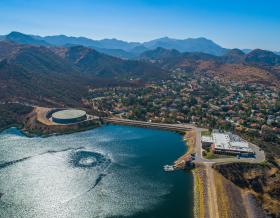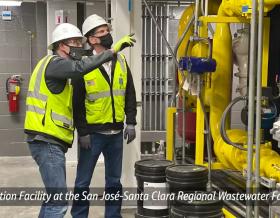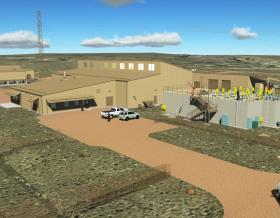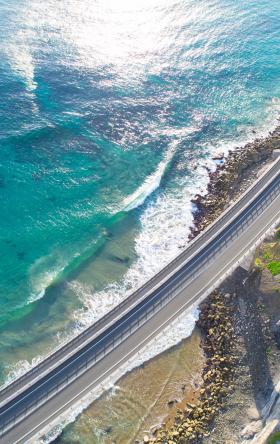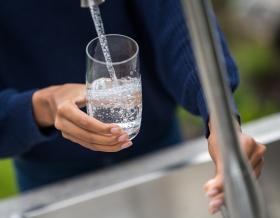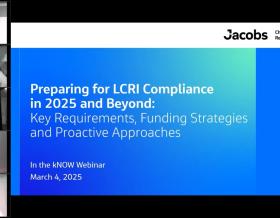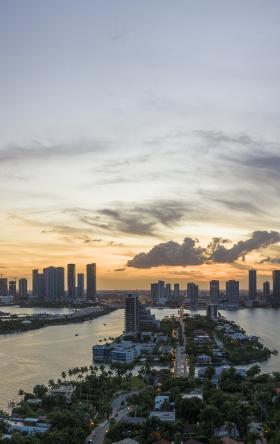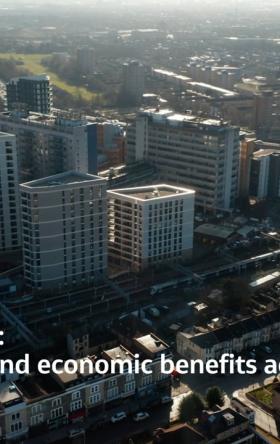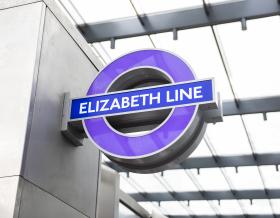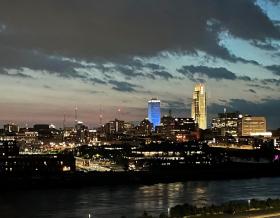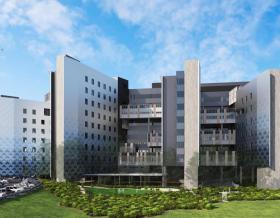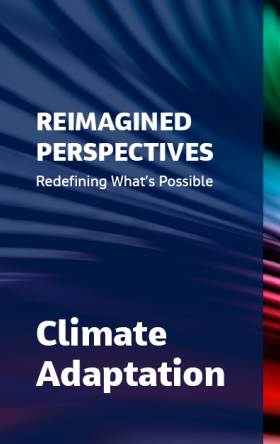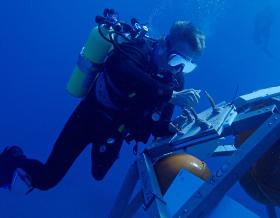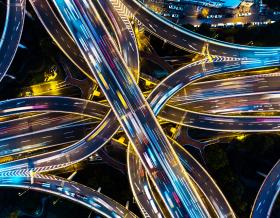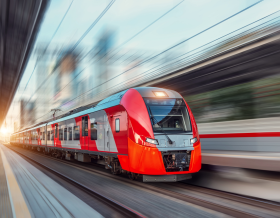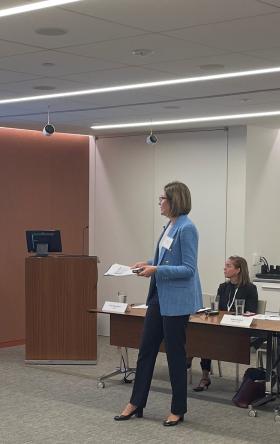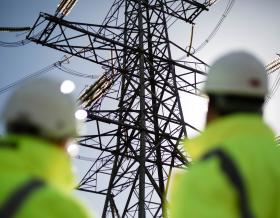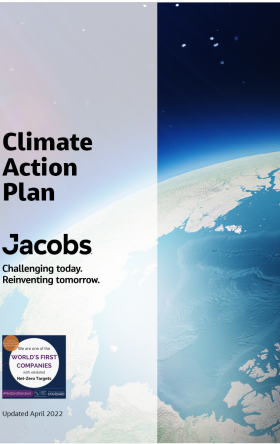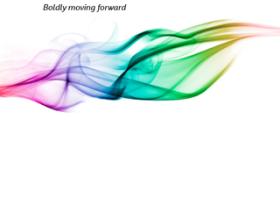From Downtown to the Westside: The D Line Extension That’s Redefining LA Mobility
Engineering the connection between culture, commerce and community in one of America’s largest cities
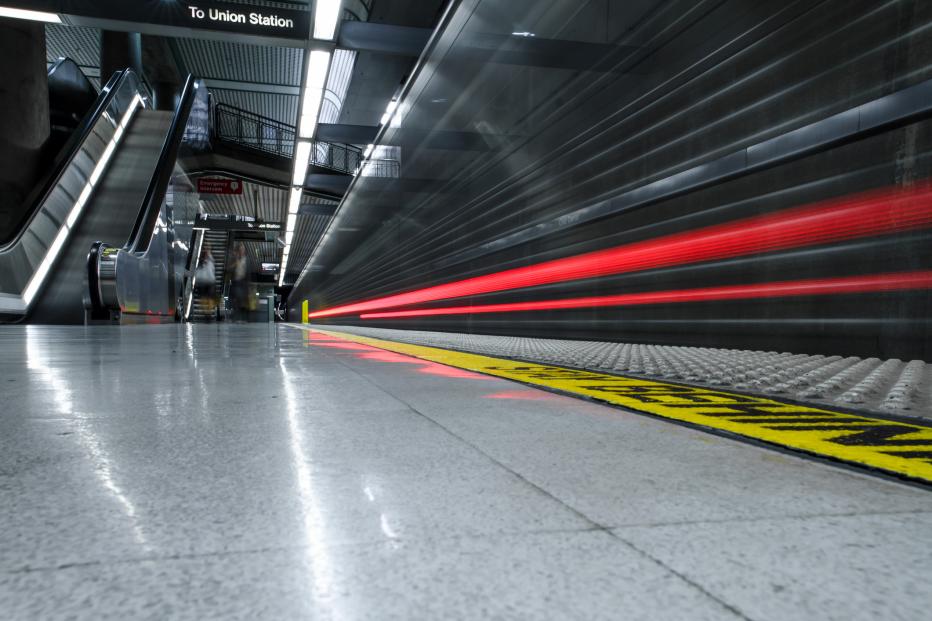
The Westside of Los Angeles, California is more than a destination — it’s the region’s second-largest employment hub and a vital artery in the city’s economic and cultural landscape. Yet for decades, it remained disconnected from the region’s growing rail network. That’s changing with the Los Angeles County Metropolitan Transportation Authority (LA Metro)'s D Line Subway Extension Project — formerly known as the Purple Line Extension — a transformative investment in sustainable mobility. The project will connect downtown Los Angeles to the Westside.
Jacobs has been central to this effort since the beginning, leading construction management and providing design and engineering support under the design-builder. Our multidisciplinary team has tackled everything from tunnel lining and seismic joints to emergency ventilation, drainage systems and coordination across multiple jurisdictions.
Digging deep to deliver LA’s transit future
Construction on the D Line Subway Extension Project – Section 1 began in 2015 with deep tunneling through prehistoric formations and dense urban infrastructure. The project is deploying multiple tunnel boring machines (TBMs), each named by local schoolchildren to continue an LA Metro tradition that integrates community engagement into engineering. Delivered in three phases, the extension will unlock critical connections across Los Angeles County:
Section 1 of the D Line Subway Extension, delivering three new stations, is set to open in the spring of 2026:
- Wilshire/La Brea Station: Providing a key access point to the Miracle Mile and north-south transit via La Brea Avenue
- Wilshire/Fairfax Station: Serving cultural landmarks like Los Angeles County Museum of Art (LACMA) and the Academy Museum
- Wilshire/La Cienega Station: Linking to Beverly Hills, Restaurant Row and Cedars-Sinai Medical Center
All three stations are designed with sustainability in mind, featuring energy-efficient lighting, advanced ventilation systems and water-saving technologies that align with the region’s long-term environmental goals. The entire D Line Extension Project will be open in time for the 2028 Olympic and Paralympic Games in Los Angeles.
Navigating complexity both below and above ground
Jacobs’ role spans the full lifecycle of tunnel and station delivery, integrating technical precision with strategic coordination:
- Designing tunnel linings, seismic joints and cross passage frames to withstand earthquake risks
- Engineering tunnel drainage, pumping stations, emergency ventilation and tunnel and lighting
- Conducting settlement impact assessments and structural monitoring
- Managing procurement, contract changes, quality control, scheduling and inspections across a 60-person construction management team
Working in the heart of Los Angeles requires more than engineering — it demands collaboration. Jacobs coordinated utilities with the City of Los Angeles, maintained traffic flow and navigated the unique expectations of the City of Beverly Hills, a newcomer to subway construction. We developed mitigation plans to minimize noise, vibration and air and water quality impacts, particularly near commercial developments and sensitive structures.
The project also involved extensive documentation, with more than 10,000 submittals and hundreds of progress reports processed to maintain transparency. Safety innovations include enhanced emergency ventilation and fire protection for dense urban settings.
Once complete, the D Line Extension will serve tens of thousands of daily riders, reducing congestion, cutting commute times and providing a high-speed connection between downtown and the Westside.
Jacobs’ work on the D Line Subway Extension builds on a deep legacy of delivering transformative infrastructure across Los Angeles County. From expanding mobility through LA Metro’s LA River Path and A Line Extension to Pomona, to delivering the first fully automated terminal on the U.S. West Coast at the Port of Los Angeles, our teams have consistently helped shape the region’s future. We’ve supported STEAM education through the SEED School of Los Angeles County, advanced sustainability with the city’s RecycLA waste and recycling program, reimagined connectivity with the Sixth Street Viaduct Replacement and continue to provide program management on the Los Angeles Community College District’s $15.1 billion BuildLACCD Bond Program. Each project reflects Jacobs’ commitment to digging deep — into design, delivery and community impact — to help Los Angeles thrive.
Did you know?
-
100
foot depth that the tunnels reach up to below ground, navigating prehistoric soils and dense urban infrastructure — including under Wilshire Boulevard, one of LA’s busiest corridors
-
4
major museums within walking distance of the new Wilshire/Fairfax Station, including LACMA and the Academy Museum, making it one of the most culturally connected stops in the system
-
50 K+
jobs will be located within a half-mile radius of the new Century City Station in one of LA’s largest employment centers
-
1 st
major LA Metro subway expansion west of Western Avenue in nearly two decades, unlocking access to neighborhoods that have never had direct rail service
“This project is about unlocking mobility, connecting communities and engineering resilience beneath one of America’s most iconic cities. The D Line Extension reflects the kind of deep, integrated work Jacobs is doing across Los Angeles County — digging into complex geology, urban infrastructure and stakeholder needs to deliver infrastructure that endures, adapts and elevates how people live and move.”
In the media
Mass Transit Magazine: L.A. Metro, Sound Transit wrapping up rail extension projects
Streetsblog Los Angeles: Eyes On the Street: Metro and L.A. City Restore Wilshire Blvd. at New Subway Stations
Engineering News-Record: Tunneling Wraps Up on LA Metro's $9.5B D Line Extension


